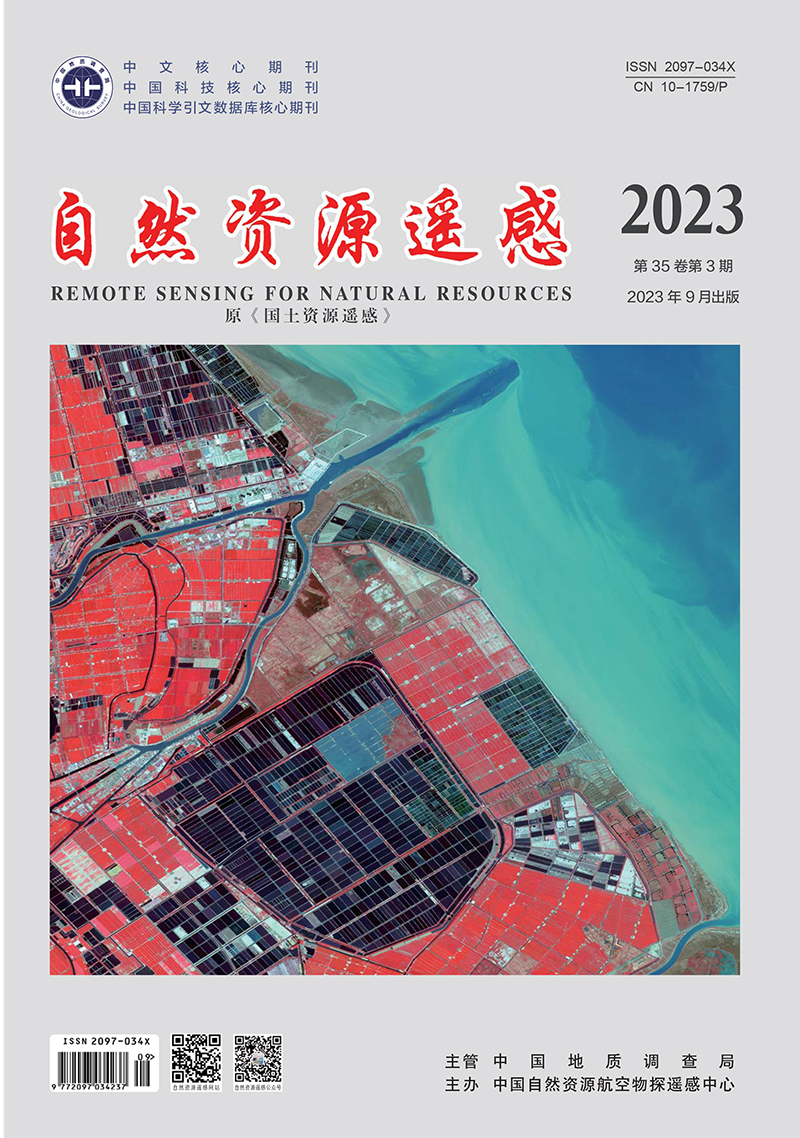HU Chenxia, ZOU Bin, LIANG Yu, HE Chencheng, LIN Zhijia. 2023. Spatio-temporal evolution of gross ecosystem product with high spatial resolution: A case study of Hunan Province during 2000—2020. Remote Sensing for Natural Resources, 35(3): 179-189. doi: 10.6046/zrzyyg.2022224
| Citation: |
HU Chenxia, ZOU Bin, LIANG Yu, HE Chencheng, LIN Zhijia. 2023. Spatio-temporal evolution of gross ecosystem product with high spatial resolution: A case study of Hunan Province during 2000—2020. Remote Sensing for Natural Resources, 35(3): 179-189. doi: 10.6046/zrzyyg.2022224
|
Spatio-temporal evolution of gross ecosystem product with high spatial resolution: A case study of Hunan Province during 2000—2020
-
1. School of Geosciences and Info-Physics, Central South University, Changsha 410083, China
-
;2. Key Laboratory of Spatio-Temporal Information and Intelligent Services, Ministry of Natural Resources, Changsha 410083, China
-
;3. Hunan Institute of Geological Survey, Changsha 410116, China
-
Abstract
By introducing cultural, educational, and scientific research indices and optimizing gas regulation indices, this study proposed an index system to assess the gross ecosystem product (GEP) of natural resources in Hunan Province based on the existing theories and methods for ecosystem service. This study then built a grid-based GEP model with a grid scale of 30 m × 30 m to analyze the spatio-temporal evolution of the GEP of Hunan in 2000, 2010, and 2020. The results are as follows: ① In the temporal dimension, the GEP of the province increased by 3.34×104 billion yuan over the past 20 years, with increased amplitude of 40.28%. The contribution of all ecosystems to the GEP was in the order of forest > farmland > grassland > wetland > city. ② In the spatial dimension, the GEP exhibited high values in western and southeastern regions and low values in central and northern regions. The GEP growth rate was higher in the Wulingshan area of western Hunan and lower in the Dongtinghu area of northern Hunan. ③ Compared with the existing research results on a grid scale of 10 km×10 km, the GEP results with a high spatial resolution showed more details of the spatial distribution of the aquatic and urban ecosystems. ④ The contribution degrees of ecosystem function values to the GEP of Hunan changed regularly over time. The contribution of the soil conservation function value dominated the changes in the GEP of the Wulingshan and Dongtinghu areas. The results of this study provide a basis for scientific decision-making in supervising natural resources and protecting the ecological environment in Hunan Province.
-

-
-
Access History







 DownLoad:
DownLoad: